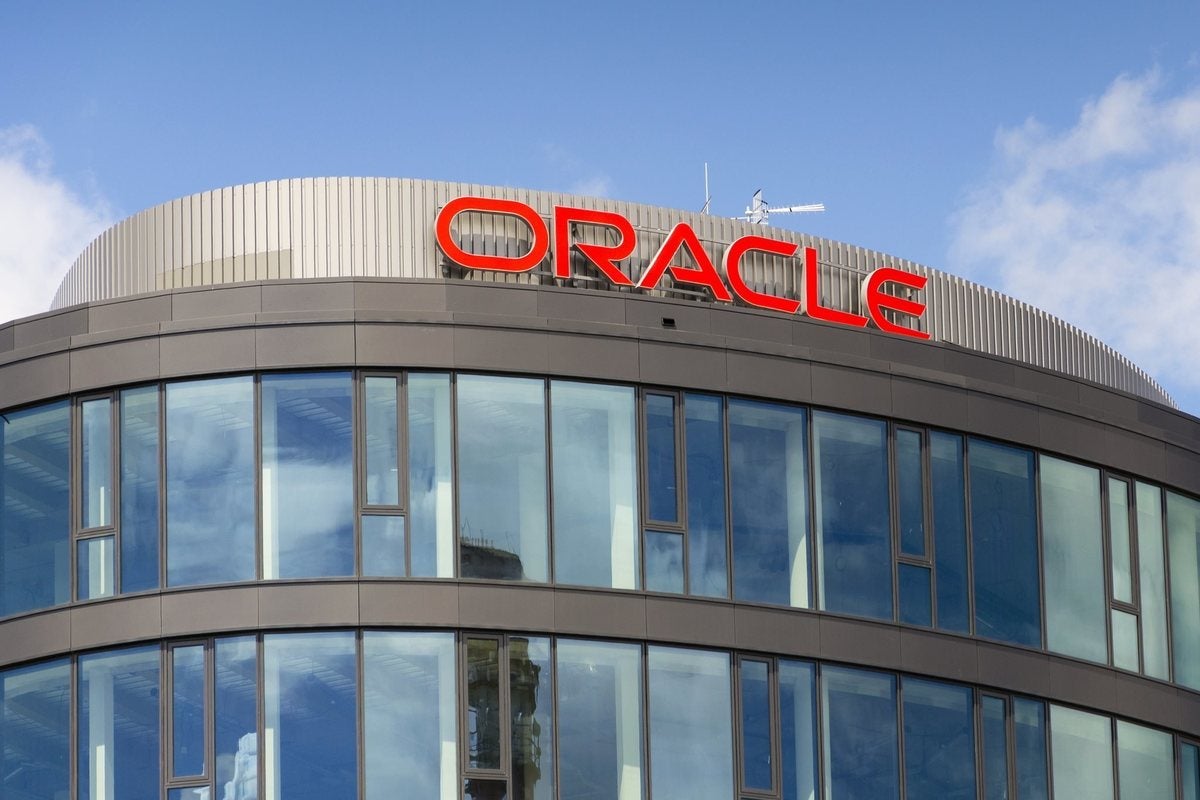- I recommend the Pixel 9 to most people looking to upgrade - especially while it's $250 off
- Google's viral research assistant just got its own app - here's how it can help you
- Sony will give you a free 55-inch 4K TV right now - but this is the last day to qualify
- I've used virtually every Linux distro, but this one has a fresh perspective
- The 7 gadgets I never travel without (and why they make such a big difference)
Very quietly, Oracle ships new Exadata servers

You have to hand it to Larry Ellison, he is persistent. Or maybe he just doesn’t know when to give up. Either way, Oracle has shipped the latest in its Exadata server appliances, making some pronounced boosts in performance.
Exadata was the old Sun Microsystems hardware Oracle inherited when it bought Sun in 2010. It has since discontinued Sun’s SPARC processor but soldiered on with servers running x86-based processors, all of them Intel despite AMD’s surging acceptance in the enterprise.
When Oracle bought Sun in 2010, it was made clear they had no interest in low-end, mass market servers. In that regard, the Oracle Exadata X9M platforms deliver. The new Exadata X9M offerings, designed entirely around Oracle’s database software, include Oracle Exadata Database Machine X9M and Exadata Cloud@Customer X9M, which Oracle says is the only platform that runs Oracle Autonomous Database in customer data centers.
The core Exadata X9M platform is built using a scale-out architecture that combines Intel CPUs, Intel Optane persistent memory (PMem), and RDMA over Converged Ethernet (RoCE) to deliver up to 27.6M IOPS.
There are two servers, the X9M-2 and X9M-8, with the final number reflecting the number of processors per node.
The X9M-2 database server has a pair of 32-core “Ice Lake” Xeon SP processors with 512GB of main memory upgradeable to 2TB and a pair of 3.84TB NVME flash drives with room for two more. It has the option for 10 Gbs or 25 Gbs Ethernet ports plus two 100 Gb/sec RoCE ports for linking to the database and storage server fabric.
The X9M-8 database node is a beast. It’s got a pair of four-socket motherboards interconnected with UltraPath Interconnect NUMA fabrics to create an eight-socket shared memory system, all based on Intel technology, not Sun’s.
The 9XM-8 database server has eight 24-core Xeon SP 8268 processors and starts at 3TB of memory and scales to 6TB. The server has two 6.4TB of PCIe Gen 4 NVME cards and room for more, and the same networking options as the X9M-2.
With this hardware, Oracle is making some big claims. It says the X9M platforms accelerate online transaction processing (OLTP) with more than 70% higher IOPs rates than the prior generation of hardware and I/O latencies of under 19 microseconds. They also deliver up to an 87% increase in analytic SQL throughput and machine learning workloads than previous generations.
Along with the new servers, Oracle also announced the availability of a complimentary recovery product. The first is the Zero Data Loss Recovery Appliance X9M. The Recovery Appliance is purpose-built to protect Oracle Databases, and is capable of recovering databases with no data loss and also automatically validate backups.
Part of the Recovery Appliance is the new Cyber Vault for recovering from malware and ransomware attacks. The new Recovery Appliance version increases storage capacity by 30% and lowers entry-level pricing by 50%. It features synchronization between multiple Recovery Appliances to enable backup and recovery continuity during unplanned and planned outages. It also offers on-premises Oracle ZFS Storage Appliance and Oracle Cloud Infrastructure Object Storage for long-term backup.
Copyright © 2021 IDG Communications, Inc.

